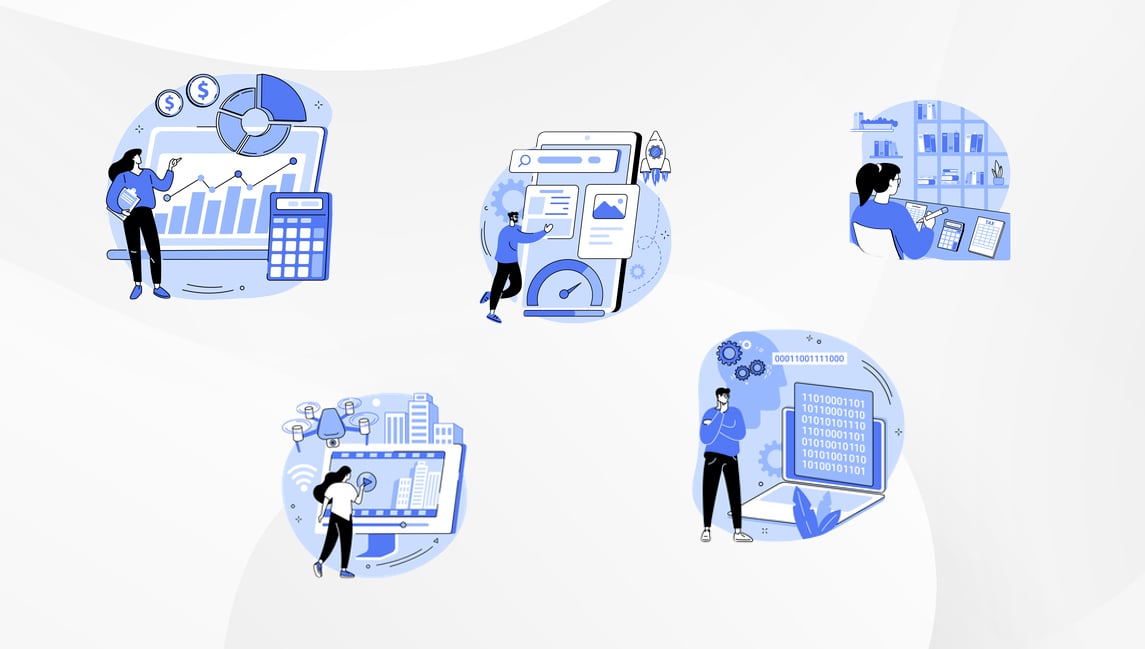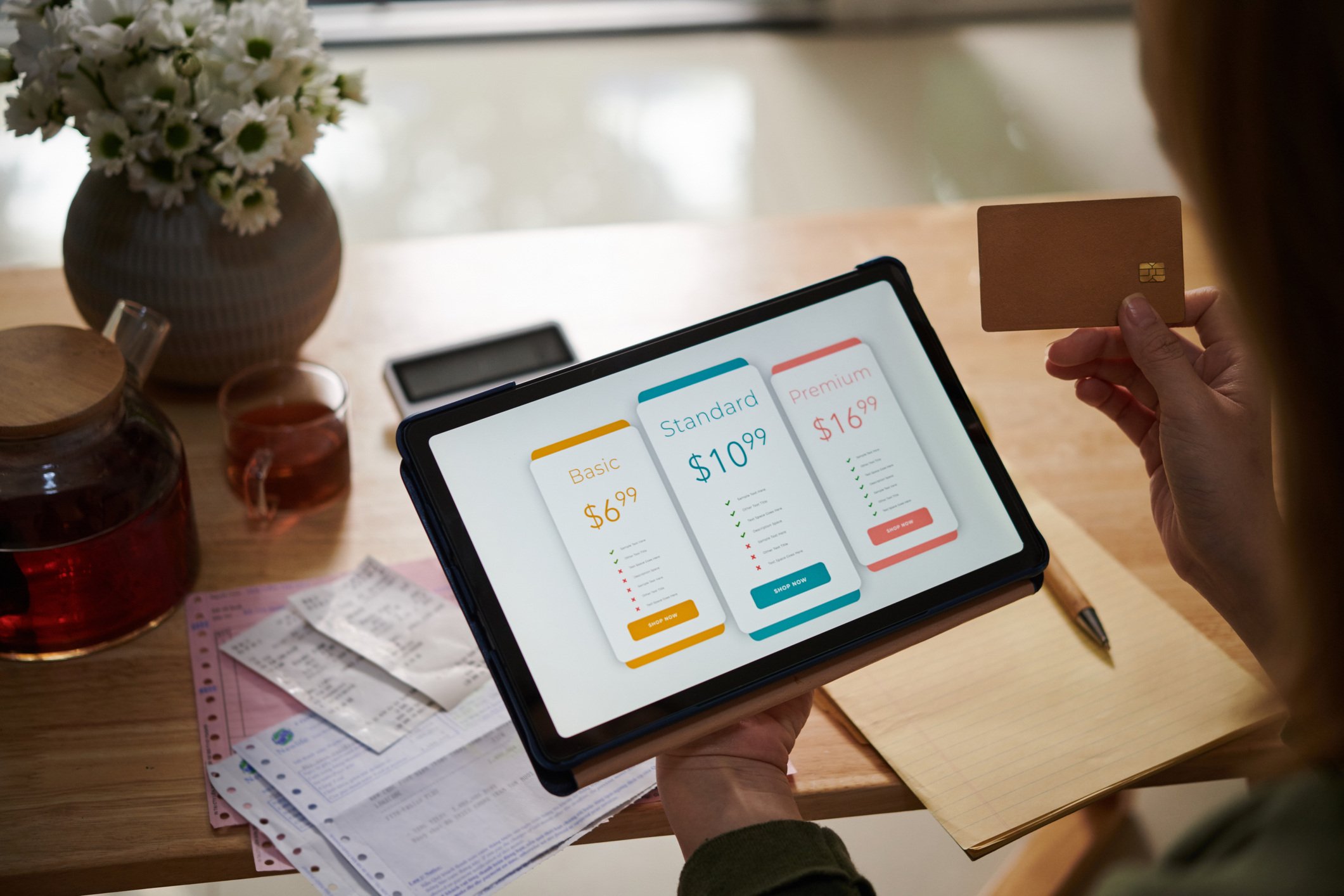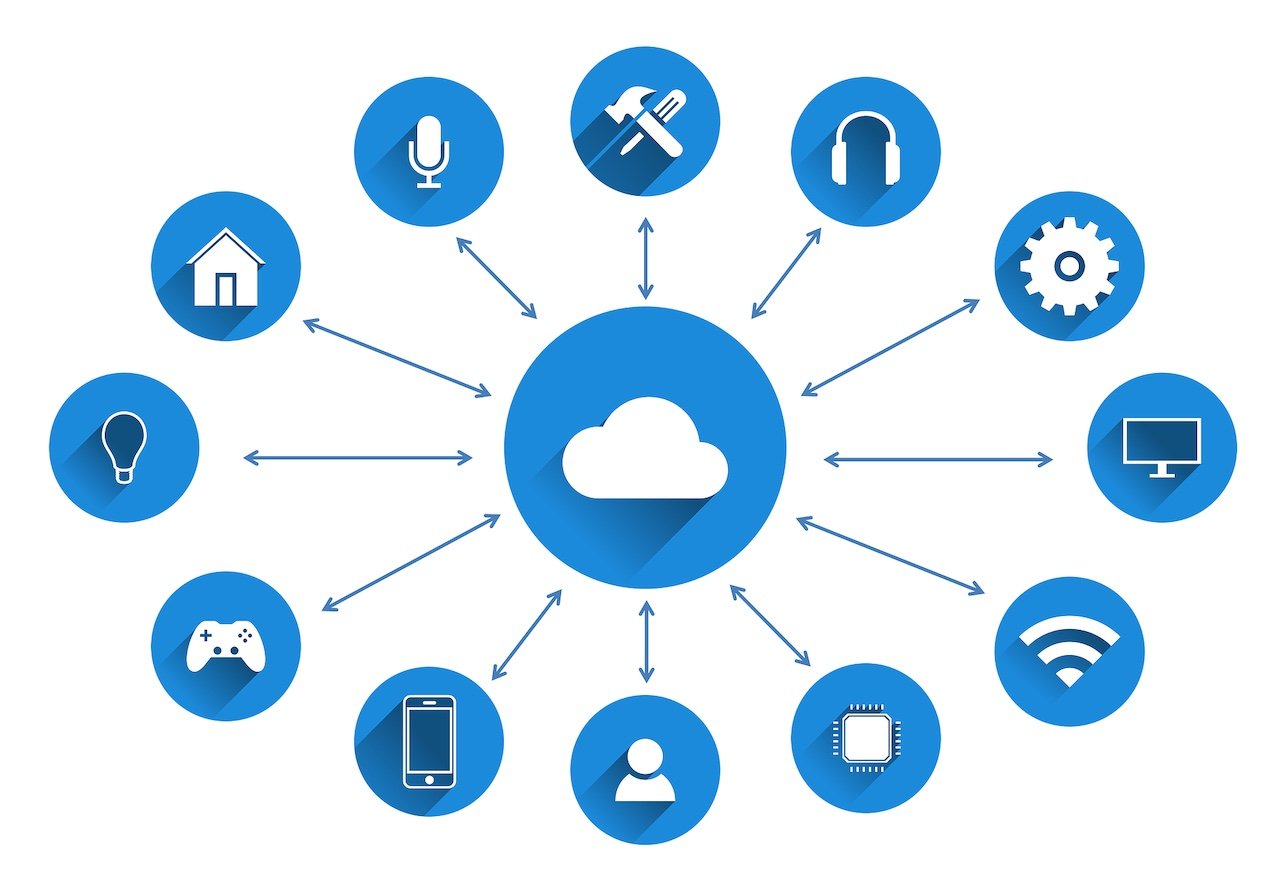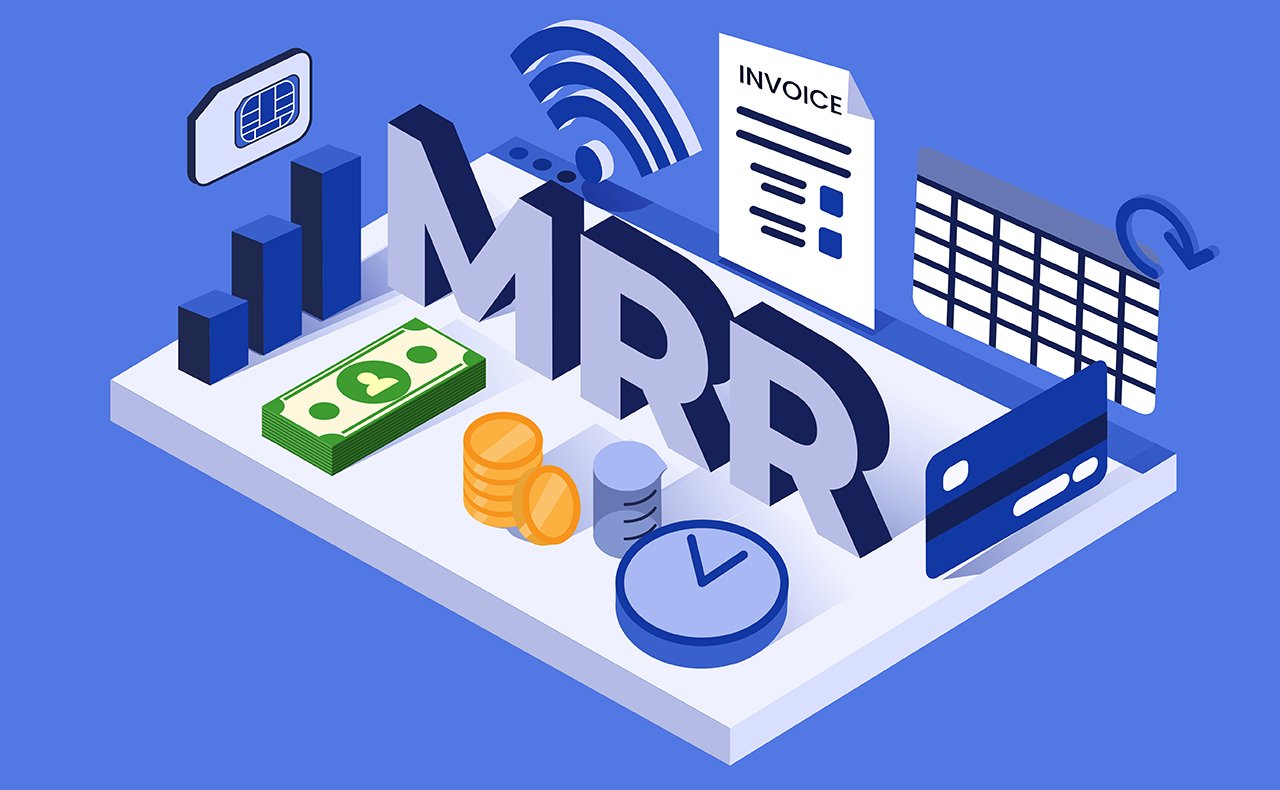
- April 2025 (2)
- March 2025 (2)
- February 2025 (1)
- December 2024 (2)
- November 2024 (2)
- August 2024 (2)
- June 2024 (3)
- May 2024 (3)
- April 2024 (1)
- March 2024 (3)
- February 2024 (2)
- January 2024 (2)
- December 2023 (1)
- November 2023 (2)
- October 2023 (2)
- September 2023 (1)
- August 2023 (1)
- July 2023 (2)
- June 2023 (3)
- May 2023 (2)
- April 2023 (1)
- March 2023 (4)
- February 2023 (1)
- January 2023 (2)
- November 2022 (2)
- September 2022 (1)
- August 2022 (2)
- July 2022 (2)
- June 2022 (2)
- May 2022 (1)
- April 2022 (3)
- March 2022 (1)
- February 2022 (3)
- January 2022 (2)
- December 2021 (1)
- November 2021 (1)
- October 2021 (2)
- September 2021 (3)
- August 2021 (1)
- July 2021 (4)
- June 2021 (1)
- May 2021 (2)
- April 2021 (2)
- March 2021 (2)
- February 2021 (3)
- January 2021 (3)
- December 2020 (1)
- October 2020 (1)
- August 2020 (1)
- August 2019 (1)
- January 2019 (2)
- September 2018 (5)
- June 2018 (1)
- November 2017 (1)
- September 2017 (1)
- July 2017 (1)
- May 2017 (1)
- January 2017 (1)
- October 2016 (2)
- August 2016 (1)
- July 2016 (1)
- June 2016 (1)
Subscribe by email
In the past, OEMs primarily focused on selling physical products, but this approach is no longer sustainable for IoT products. The inclusion of connectivity and cloud software in IoT devices introduces ongoing costs for OEMs. As the demand for connected devices and data continues to rise from companies and consumers, it becomes crucial for senior product leaders and executives to develop effective monetization strategies for their IoT products or services to cover these costs and expand their business.
While connectivity adds technical and operational complexity to physical products, it also presents numerous opportunities for recurring revenue and establishing long-term customer relationships through valuable insights. Leveraging our decade of experience in assisting OEMs with monetization strategies, we are poised to provide you with valuable insights and effective strategies to drive the growth of your business and successfully monetize your IoT solutions.
Aspects of IoT monetization
A successful IoT monetization strategy involves three key IoT components–connectivity, IoT application data, and a device management platform.
Monetizing IoT connectivity
Cellular connectivity offers the broad coverage required for many IoT deployments and unlocks valuable insights into customer device activation and usage patterns that were previously inaccessible to OEMs. However, it is important to consider the continuous expenses tied to accessing the cellular network as an integral component of your IoT monetization strategy. Ongoing fees for connectivity are necessary to enable customers to activate and utilize their devices effectively.
Learn more: How to Choose the Right IoT Connectivity Option
Monetizing IoT data
IoT sensors collect application data that can hold immense value for end-users, so companies and consumers are generally willing to pay for access. For example, a restaurant manager or grocer must check the temperature of food regularly to ensure freshness and safety for customers. IoT refrigeration monitoring devices remove the manual burden of this task by providing automated checks at set intervals and notifying the manager or grocer of temperature changes. This data is crucial to prevent food spoilage and food-borne illness.
As in this temperature monitoring example, some IoT solutions collect and transmit sensor data at set intervals while other solutions, like irrigation systems, can have variable device usage depending on geography and seasonality, or other factors. When it comes to monetizing IoT sensor or application data, there can be several ways to do so–and there’s no one-size-fits-all approach for all IoT solution providers.
Monetizing with an IoT platform
To effectively monetize your IoT solutions, scale your cellular device deployments, and make informed business decisions, you must have an IoT platform capable of managing devices, data plans, and billing operations. The platform must have capabilities to manage activating and deactivating SIMs (especially across more than one carrier), to ensure seamless network connectivity as well as to control your costs.
The platform should also provide comprehensive and unified reporting to help you understand your cellular data consumption across all of your supported wireless carriers. The best of these platforms will additionally provide you with full subscription management functions - allowing you to publish data plans for your customers to subscribe to on-demand, and handle payment transactions and appropriate tax collection on your behalf.
Challenges of IoT monetization
Complex IoT sales and support models can make monetizing IoT products a challenge.
1. A complex value chain
The IoT value chain isn’t made up only of buyers and sellers. Some companies may sell IoT solutions directly to consumers or other businesses. In contrast, other organizations leverage retailers or dealers that may want to layer on value-added service offerings for their customers. Managing these various relationships adds complexity to business operations and can make data usage calculations, reporting, and billing or invoicing a frustrating endeavor.
Zipit Wireless shoulders this responsibility for our customers by managing carrier contracts and negotiations and streamlining all carrier plans into one management platform. Because our platform is integrated with wireless carrier systems, we can also help customers streamline calculations around cellular data usage and automate critical invoicing functions.
2. Usage-based pricing
Monetizing your IoT solution through subscription-based billing offers the potential for recurring revenue based on cellular data consumption. However, determining the appropriate pricing model can be challenging. Tailored monetization strategies are required to balance profitability, customer satisfaction, and market competitiveness.
Subscription billing also presents the challenge of adjusting pricing for free trials or upgrades. But the right billing platform simplifies these complexities through automated subscription billing and user-friendly SIM management tools to enable efficient data usage tracking, accurate billing, and a seamless customer experience.
3. Revenue recognition
IoT monetization introduces complexities in revenue recognition, especially when revenue streams are diversified. For instance, revenue may be generated through device sales, ongoing subscriptions, or ad hoc value-added services. Each revenue stream may have different recognition criteria, making it challenging to accurately track and allocate revenue. Compliance with accounting standards and revenue recognition guidelines is crucial, and you must recognize deferred income at the right time to avoid legal ramifications. You’ll want to be sure you have a platform partner who understands and can support the financial implications of IoT monetization.
4. Ongoing costs for OEMs
IoT devices must maintain an active network connection, and in the case of cellular devices, this comes with additional ongoing costs to access and use the network infrastructure for the life of the product. The cost structure for these services can vary, and it is typically based on factors such as the amount of data consumed, the number of devices connected, where devices are being deployed, and the type of connectivity technology, such as 5G, CatM1, or NB-IoT. Additionally, ongoing services like cloud infrastructure also require ongoing expenses to support data storage and computing requirements. OEMs must consider these factors when determining how to monetize their IoT solutions.
Learn more: Top IoT Billing Challenges & Solutions
IoT monetization solutions
IoT subscription billing
Your business model needs to support your billing model and be flexible enough to grow with the industry. While there are many different business models for an IoT company, including pay-for-usage and outcome-based, using a subscription model allows you to create a recurring revenue stream and positions you to take advantage of new opportunities as cellular data needs increase. Subscriptions offer a win-win for your business and customers because they’re easy to understand and drive revenue.
Subscriptions provide analytics to give you a deeper understanding of potential business risks and opportunities. With a subscription model, you can offer flexible, customized options that make it easy for potential customers to get the precise solution they need. This flexibility gives you a competitive advantage. And creating subscription packages tailored specifically for the types of customers you serve demonstrates that you understand your customers and their goals.
Subscription and connectivity management platforms
Monetizing your IoT solution effectively requires a subscription billing system and a connectivity management tool. The subscription platform enables you to create subscription tiers, bill customers in a recurring fashion (monthly, annually, etc.), monitor subscription performance, and notify customers when their data runs low or when it’s time to renew.
The connectivity management platform (CMP) allows you to manage deployments through different carriers by activating or deactivating SIMs or moving devices between plans. The CMP tells you how much data usage has occurred so you can bill your customers accordingly.
To effectively manage connectivity, data, and device deployments, subscription billing and connectivity management platforms are crucial. With Zipit Wireless, you get both systems in one platform that serves as a centralized hub for SIM activation, network connectivity management, and data aggregation. The Zipit platform enables your business to streamline operations, monitor device performance, analyze data, and efficiently monetize your IoT solution with subscription billing.
IoT monetization strategies
These 5 IoT monetization strategies will help position you to maximize recurring revenue and empower your business with the agility to easily enter new markets, respond rapidly to customer demands, and outmaneuver your competition.
1. Package cellular data services into prepaid subscription offerings
Packaging cellular data services into prepaid subscriptions can earn your business more revenue upfront while mitigating your risks. By offering your customers the convenience of topping up on data mid-billing cycle if their data allotment runs out, you can also make more revenue while improving your overall customer experience. Additionally, subscriptions also give you the ability to optimize cash flow by offering a small percentage discount at different pricing tiers. For example, you can encourage annual subscriptions by offering a 10% discount over the month-to-month rate to guarantee a year’s worth of service.
2. Lower upfront hardware costs to expand your Total Addressable Market (TAM)
As an IoT Solution provider, if you can get your customers to commit to an annual or multi-year subscription, you may be incentivized to lower upfront hardware pricing in return for the subscription. This can expand your overall customer base. An example of this model has been proven in the smartphone industry, where customers don’t think twice about committing to a multi-year contract for a discounted smartphone device. The net result of this model can result in greater profitability than relying primarily on initial hardware sales, as Zipit customers have seen. Subscriptions allow you to monetize what matters most to customers– insights, and capabilities, not the device.
In our experience helping OEMs monetize their products, we’ve learned that companies have a greater chance of earning more revenue and growing brand affinity by following this blueprint. When you partner with Zipit, we’ll help you develop the best monetization strategies for your business so you can maximize revenue from your IoT solution.
3. Measure and monitor data usage and subscription data
Monitoring subscription data helps you identify high-performing subscription tiers to optimize future offerings. These insights also reveal bottlenecks and improve demand forecasts for more strategic decision-making. In a post-paid billing model, tracking and analyzing data usage by device, customer, and carrier is essential for accurate billing and cost management.
To effectively manage your business, you must be able to track churn rate, gross margins, total revenue, number of active devices, amount of cellular data consumed per device, and other important metrics efficiently. Without these insights, you’re forced to make business decisions without foundational information to guarantee the best course of action.
4. Use a billing platform designed for IoT products
A billing platform designed specifically for IoT monetization significantly reduces the workload involved in billing.
Your IoT billing platform should do the following:
- Support usage-based billing
- Allow for custom package creation with tiered subscriptions
- Ensure billing compliance
- Manage carrier functions (activating the device, monitoring data usage, and deactivating the device when the subscription is stopped or suspended)
- Automate billing calculations
- Send customer and team notifications (alerts to customers when they near the end of their data limit and notifications to team members when a customer cancels their subscription)
5. Simplify the customer experience
For any subscription-based service, providing customers with self-service account management capabilities and the ability to upgrade or change subscriptions on demand is crucial. Enabling customers to activate devices and purchase additional cellular data seamlessly, without manual intervention from the business, enhances the customer experience. Implementing an intuitive customer portal simplifies customer service, streamlines your operations, and improves customer satisfaction.
Simplifying user experience requires a deep understanding of your target customers and their pain points. Tailoring the pricing model accordingly allows you to address their needs and ensure long-term success.
How Zipit Wireless can help you monetize your IoT solution
At Zipit Wireless, we understand the challenges faced when monetizing your IoT solution, and we’re committed to helping you maximize and scale your solution while simplifying the customer experience. Our billing and connectivity management platform simplifies the complexities of billing with automated calculations, carrier and SIM management, and data analytics, so you can streamline your billing processes and provide an exceptional customer experience.
The Zipit platform comes with a branded customer portal where your customers can manage their accounts, upgrade subscriptions, and activate devices seamlessly. By reducing manual involvement, we enable you to focus on delivering innovative IoT solutions and entering new markets.
Partnering with Zipit Wireless means gaining access to a wealth of experience and expertise in IoT monetization. Our team will guide you in making informed and strategic decisions as you scale your IoT business. With our robust platform and personalized support, you can confidently and successfully monetize your IoT product.
Contact Zipit to schedule a demo of our platform and learn more about how we can assist you.
You may also like:
Related Content
The latest IoT insights and platform updates from Zipit.
IoT enables OEMs to transform devices into solutions, delivering ongoing value and...
Deploying an IoT solution brings significant value to businesses, but it also intr...
The Internet of Things (IoT) is rapidly expanding with opportunities for new conne...



